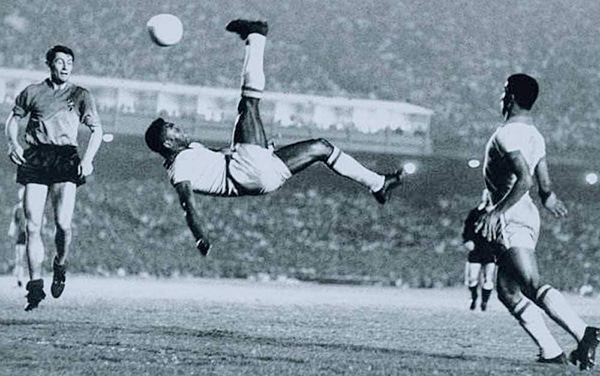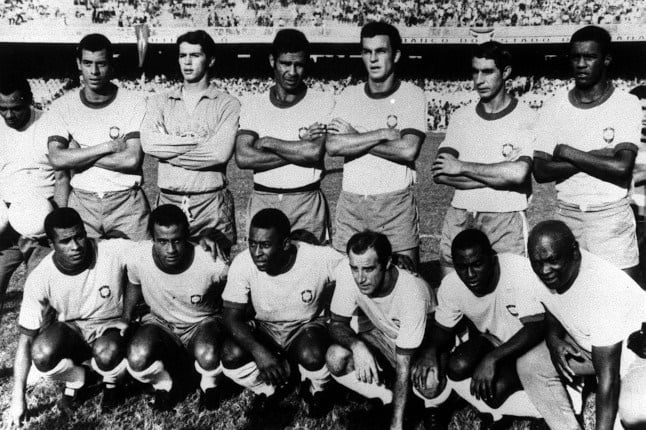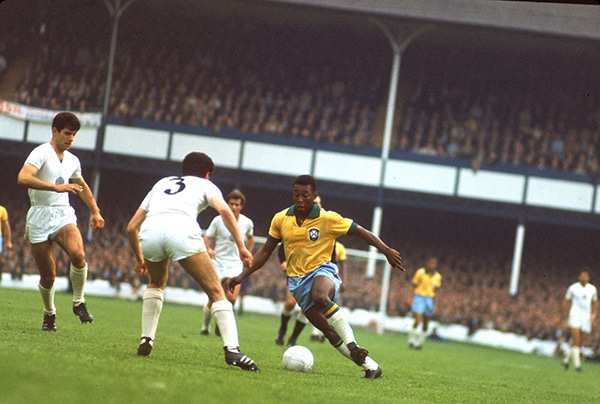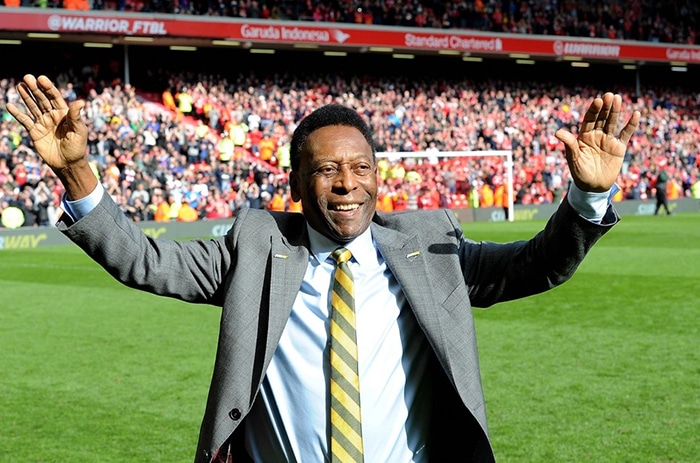Football legend Pelé, was laid to rest on Tuesday after thousands packed the streets in the city of Santos to view his funeral procession.
The procession started at the Urbano Caldeira Stadium, where of Pelé’s former club Santos was, through the streets of Santos, including the street where Pelé’s 100-year-old mother, Celeste Arantes, lives.
It ended at the Memorial Necrópole Ecumênica cemetery, where a private funeral would be held for family members.
The three-time World Cup winner died on Thursday at the age of 82 from multiple organ failure due to the progression of colon cancer.

Tributes from around the world have poured in, with people of all ages flocking to his 24-hour public wake, which began on Monday at Santos’ 16,000-seater stadium, popularly known as “Vila Belmiro.”
More than 230,000 people, many wearing Brazil’s iconic yellow jersey, had attended the wake, according to Santos.
Pelé was born on October, 23, 1940 in Minas Gerais, Brazil, named Edson Arantes do Nascimento. His father, João Ramos do Nascimento, played professional soccer himself, but his career never brought him much in the way of money. As the story goes, Pelé’s family could not even afford to buy a ball for him, so he stuffed socks and molded them into the shape of a ball to kick around.
Early career
Although he continued to struggle financially in São Paulo, working a variety of jobs to help his family, the young Pelé found his true talent on the field. Under the tutelage of his father and a former national team player named Waldemar de Brito, Pelé began to mature as a player on the Bauru Athletic Club juniors. Coach de Brito recognized his ability and recommended him for a tryout with Santos FC.
The team’s management agreed with de Brito’s assessment and signed Pelé in June 1956. A mere three months later, Pelé scored a goal in his debut match. This foretold the accomplishment to come in the rest of Pelé’s professional career.
Young fame

Just a year later only aged 17, Pelé topped the list of scorers in the league. This feat caught the attention of the national team and he did not disappoint. In his first appearance on the world stage, he scored key goals in both the semifinal and the final match of the 1958 World Cup to win it for Brazil. At this point, he had achieved superhero status in Brazil and became a household name around the world. The Brazilian government honored him as a “national treasure,” which elevated his status at home, but also prevented him from taking advantage of offers a broad.
Phase of injuries
On an individual level, the next two World Cups turned out disappointing due to injuries. The Brazilian side still won the tournament in 1962, but they fell way short in 1966 without their star player—they were eliminated in the group stage. During this era, though, Pelé continued to excel on his club team, Santos. Consistently a top scorer, he often faced teams who had altered their play specifically to deal with the threat he posed. Despite this, he still managed to score 60 goals in the 1964 season and 101 goals the year after that.
Retired and back
By 1970, Pelé had reportedly decided to retire while he was on top. However, he was eventually coaxed into playing one last World Cup for Brazil in Mexico on what many consider as the best team in history. Pelé contributed to Brazil’s tournament win with goals and several important assists, earning himself the Golden Ball award for his play. Pelé continued with the Brazilian team for about another year, finally calling it quits in 1971. A few years after that, he said goodbye to his fans at Santos, too. His days as a player were still not over, though.
Late career
Although he had long said that he would only ever play for Santos, he could not resist answering the call from the New York Cosmos in 1975. The North American Soccer League (NASL) represented a significant step down in terms of the level of play that Pelé was accustomed to. The burgeoning league benefitted greatly from this ambassador of the game, though, and ticket sales rose. The American public, largely unfamiliar with the game, took notice. Pelé led the Cosmos to a championship before retiring for good, an event marked by an exhibition match between his adoptive New York team and Santos.

Legacy and life after the football
At the time of his retirement in 1977, Pelé had gathered a series of seeming unbreakable records. He had amassed a total of 1,283 goals in 1,363 matches, making him the top scorer in Brazilian national team history and FIFA history. Just as impressively, he managed to pull off 92 hat-tricks. He also set a record for the most FIFA World Cup wins for an individual, with three medals to his name. Young Pelé’s record also included becoming the youngest player to score a hat-trick and the youngest player to score in a World Cup final match.
Retirement saw “O Rei” go on to campaign for a variety of causes, including poverty reduction, anti-corruption movements, and environmental protection. He also received an honorary knighthood, served as the Minister of Sport in Brazil, and assumed the role of a UNICEF Goodwill ambassador. Of course, he never stopped promoting the game throughout the world, including FIFA events and Olympic ceremonies. Perhaps most memorable of all, he popularized the phrase “the beautiful game” as shorthand for the game he loved so much.
Generations of enthusiasts have imagined themselves playing with the grace and beauty of “The Black Pearl.” He could strike the ball with astonishing accuracy or flick it off to a teammate through a thick web of defenders’ legs. His iconic goal-scoring bicycle kick in Belgium in 1968 has long set a trend of players practicing. What astonished many of his fellow players was his uncanny ability to work his way out of almost any situation with sheer skill.
The origin of the name Pelé’s is said to be from his early poor pronunciation of the name of a goalie he admired named “Bilé.” According to this version of events, his teammates half-mockingly gave him the name “Pelé” and he could not shake it. Pelé himself has never given a definitive account of how he got the name. In fact, he claimed he never cared for it much.
The legacy that Pelé left on the field will remain as long as “the beautiful game” rages in the hearts of many around the world.

